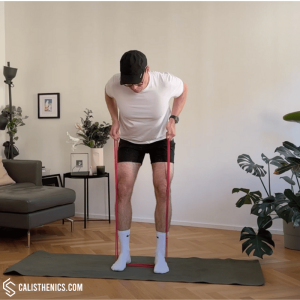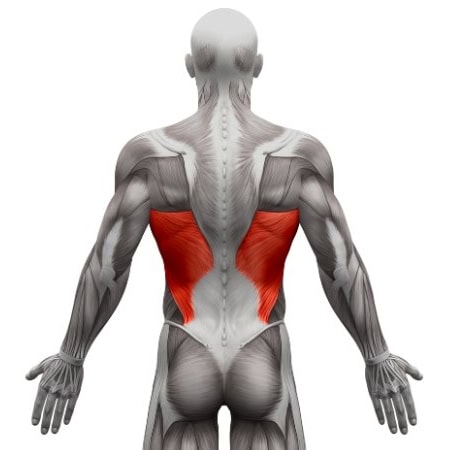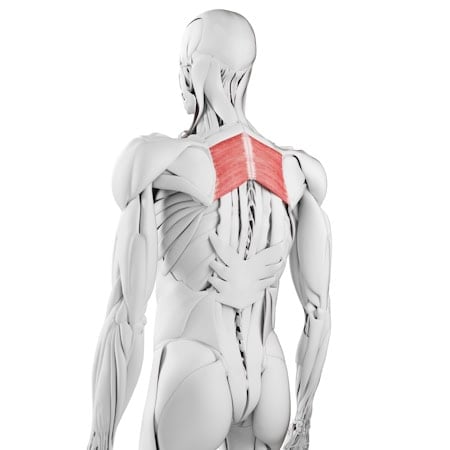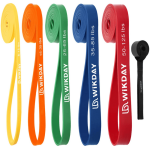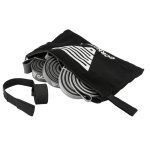Resistance Band Bent Over Rows
How to do Resistance Band Bent Over Rows?
Resistance band bent over rows are an upper-body exercise that targets the back, shoulders, and arms. By using a resistance band, this variation provides a challenging yet joint-friendly alternative to traditional barbell or dumbbell rows. In this exercise, the band is anchored under the feet, and the athlete pulls the ends of the band toward their torso, engaging the lats, rhomboids, and rear deltoids. This exercise is excellent for building back strength, improving posture, and enhancing functional pulling strength.
Steps to Perform a Proper Resistance Band Bent Over Row:
1. Anchor the Resistance Band Under Your Feet:
• Stand on the middle of the resistance band with feet hip-width apart, ensuring the band is evenly distributed under both feet.
• Hold one end of the band in each hand, ensuring there is some initial tension in the band when your arms are extended toward the ground.
2. Set Your Position and Engage the Core:
• Bend your knees slightly and hinge at the hips to lower your torso forward, maintaining a straight line from head to tailbone. Your torso should be angled at about 45 degrees.
• Keep your chest lifted, shoulders back, and core engaged to protect your lower back and maintain a neutral spine.
3. Begin the Rowing Motion:
• Exhale as you pull the band upward toward your torso, leading with your elbows and keeping them close to your body.
• Squeeze your shoulder blades together as you pull, engaging your back muscles fully. Aim to bring your hands close to the bottom of your ribcage.
4. Control the Descent:
• Inhale as you slowly release the tension in the band, extending your arms back to the starting position.
• Keep your core tight and maintain a flat back throughout the movement.
5. Repeat the Movement:
• Perform the desired number of repetitions, focusing on controlled movement and keeping your body stable.
Benefits of Resistance Band Bent Over Rows
• Builds Upper Back Strength: This exercise targets the lats, rhomboids, and trapezius, building strength essential for posture and stability.
• Improves Posture: Strengthening the muscles that retract the shoulder blades helps improve posture, counteracting the effects of prolonged sitting or slouching.
• Enhances Functional Strength: Resistance band rows mimic real-life pulling movements, enhancing functional upper-body strength needed in daily activities.
• Joint-Friendly Resistance: The smooth, controlled resistance provided by bands is gentle on the joints, making this exercise accessible for all fitness levels.
• Portable and Convenient: With only a resistance band, you can perform this exercise anywhere, making it ideal for home workouts or travel.
• Engages Core and Lower Back: The bent-over position activates the core and lower back, improving stability and balance.
• Corrects Muscle Imbalances: Unilateral variations (one arm at a time) can help correct imbalances by focusing on each side independently.
Common Mistakes to Avoid
• Rounding the Lower Back: Avoid rounding your lower back by keeping your core engaged and your chest lifted.
• Using Momentum: Focus on a slow, controlled pull rather than relying on momentum to lift the band. Controlled movement engages the muscles more effectively.
• Shrugging the Shoulders: Keep your shoulders down and avoid shrugging toward your ears, which can strain your neck and reduce back engagement.
• Leaning Too Far Forward: Keep a slight bend in the knees and a proper hip hinge, avoiding excessive forward lean, which can strain the lower back.
• Inconsistent Tension: Maintain tension in the band throughout the movement by stopping just before fully extending your arms. Avoid letting the band go slack.
Tips for the proper execution of Resistance Band Bent Over Rows
Maintain a Neutral Spine: Keep your back straight and avoid rounding. Engage your core to protect your lower back.
Focus on the Elbows: Lead with your elbows, keeping them close to your body to maximize engagement of the lats and rhomboids.
Squeeze at the Top: Squeeze your shoulder blades together at the top of the row to ensure full engagement of the back muscles.
Controlled Movements: Avoid using momentum. Perform the row slowly and with control to maximize muscle activation.
Breathing: Exhale as you pull up, and inhale as you lower back down. This rhythm helps maintain stability and focus.
Muscles worked when doing Resistance Band Bent Over Rows
Primary Muscles:
•Latissimus Dorsi (Lats): The largest muscles in the back, responsible for pulling the elbows back and extending the shoulders.
•Rhomboids: Located between the shoulder blades, the rhomboids help retract the scapulae, pulling the shoulders back.
•Trapezius: The middle trapezius stabilizes and moves the shoulder blades during the row.
Secondary Muscles:
•Rear Deltoids: The back of the shoulder helps lift and stabilize the arms as you row.
•Biceps: Assist in elbow flexion during the pulling phase.
•Forearms: Engage to maintain grip on the band.
•Core: Engages to stabilize the torso and prevent rounding of the lower back.
•Lower Back: The erector spinae muscles support spinal alignment and maintain posture throughout the exercise.
Primary Muscle(s):
Secondary Muscle(s):
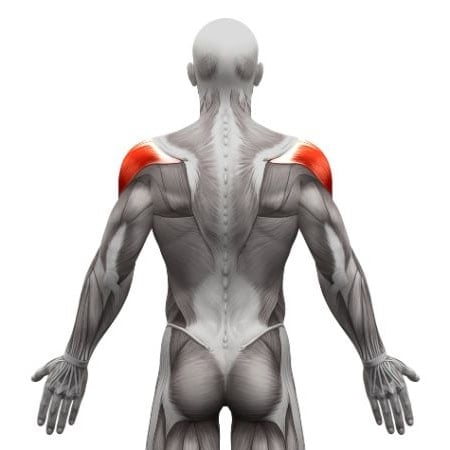
Rear delt
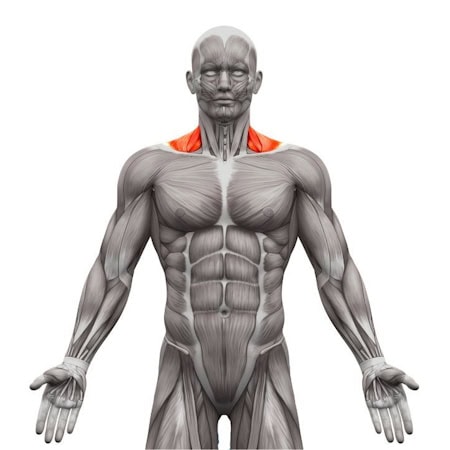
Trapezius
Adjust the difficulty of Resistance Band Bent Over Rows
How to make Resistance Band Bent Over Rows harder?
How to make Resistance Band Bent Over Rows easier?
How to make Resistance Band Bent Over Rows harder?
To make Resistance Band Bent Over Rows harder:
-
Use a Heavier Resistance Band: Increase the difficulty by using a band with more resistance, challenging your back and arms further.
-
Increase Range of Motion: Stand with feet closer together to increase the length of the band and add tension.
-
Add a Pause at the Top: Pause for 2-3 seconds at the top of the row to increase time under tension, maximizing muscle engagement.
-
Slow Down the Eccentric Phase: Take extra time lowering the band back to the starting position, focusing on controlling the movement and engaging the muscles.
How to make Resistance Band Bent Over Rows easier?
To make Resistance Band Bent Over Rows easier:
-
Use a Lighter Resistance Band: Choose a band with less resistance, making it easier to maintain proper form and control.
-
Limit Range of Motion: Perform partial rows by pulling only halfway to the torso, allowing you to build strength gradually.
-
Perform Fewer Repetitions: Start with a smaller number of repetitions (e.g., 8-10) and increase as you build strength and endurance.

